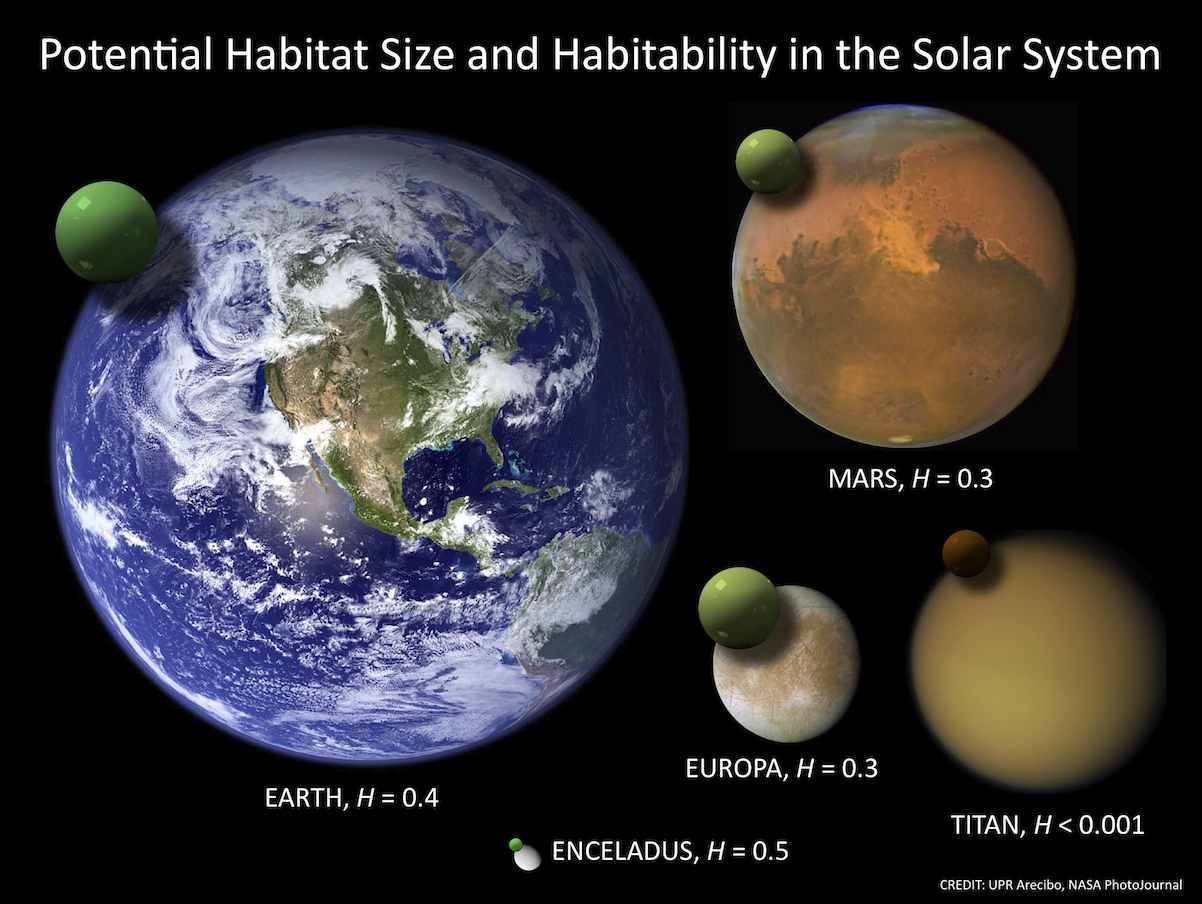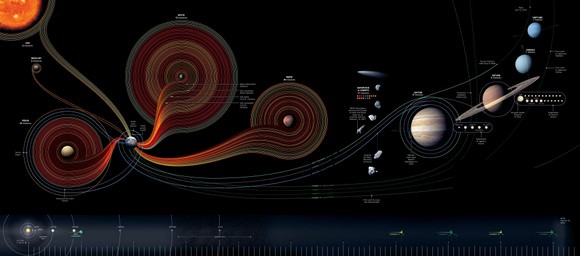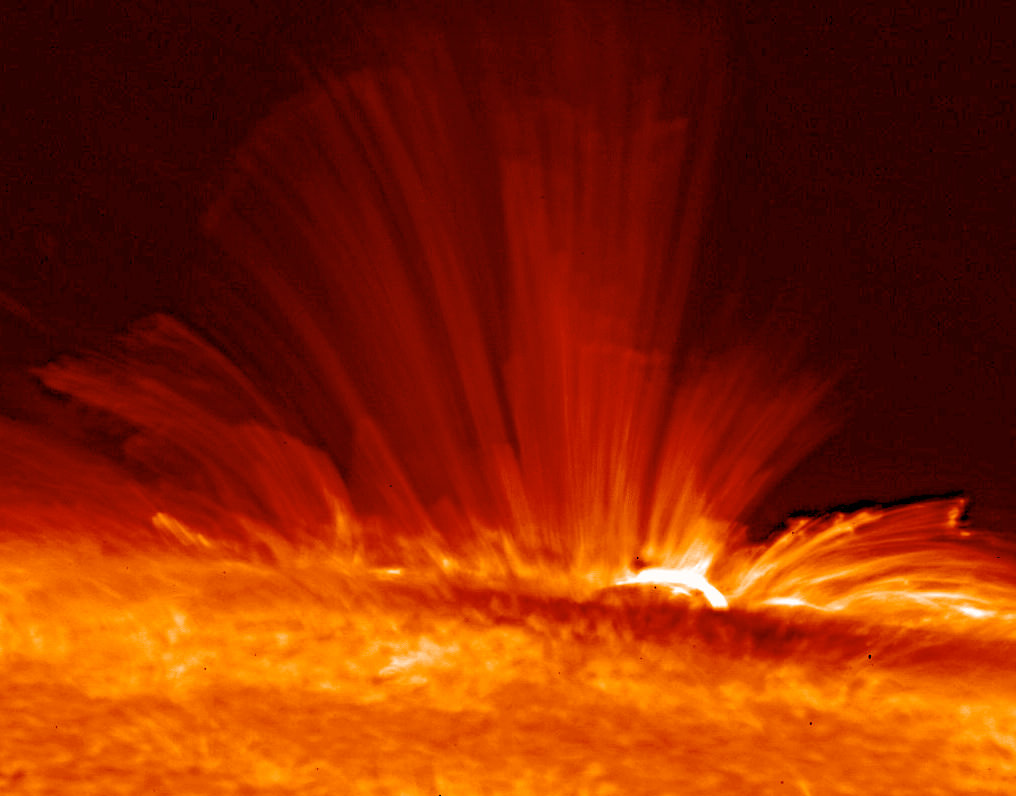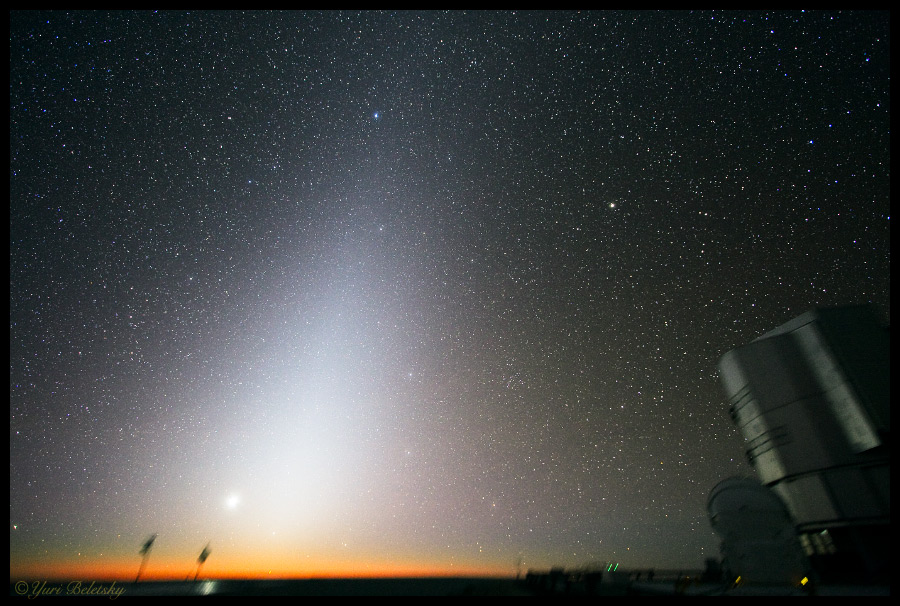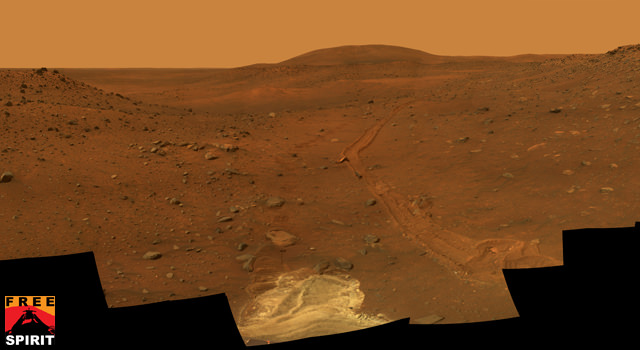[/caption]
If humans were forced to vacate Earth, where is the next best place in our solar system for us to live? A study by the University of Puerto Rico at Arecibo has provided a quantitative evaluation of habitability to identify the potential habitats in our solar system. Professor Abel Mendez, who produced the study also looked at how the habitability of Earth has changed in the past, finding that some periods were even better than today.
Mendez developed a Quantitative Habitability Theory to assess the current state of terrestrial habitability and to establish a baseline for relevant comparisons with past or future climate scenarios and other planetary bodies including extrasolar planets.
“It is surprising that there is no agreement on a quantitative definition of habitability,” said Mendez, a biophysicist. “There are well-established measures of habitability in ecology since the 1970s, but only a few recent studies have proposed better alternatives for the astrobiology field, which is more oriented to microbial life. However, none of the existing alternatives from the fields of ecology to astrobiology has demonstrated a practical approach at planetary scales.”
His theory is based on two biophysical parameters: the habitability (H), as a relative measure of the potential for life of an environment, or habitat quality, and the habitation (M), as a relative measure of biodensity, or occupancy. Within the parameters are physiological and environmental variables which can be used to make predictions about the distribution, and abundance of potential food (both plant and microbial life), environment and weather.
The image above shows a comparison of the potential habitable space available on Earth, Mars, Europa, Titan, and Enceladus. The green spheres represent the global volume with the right physical environment for most terrestrial microorganisms. On Earth, the biosphere includes parts of the atmosphere, oceans, and subsurface (here’s a biosphere definition). The potential global habitats of the other planetary bodies are deep below their surface.
Enceladus has the smallest volume but the highest habitat-planet size ratio followed by Europa. Surprisingly, Enceladus also has the highest mean habitability in the Solar System, even though it is farther from the sun, and Earth, making it harder to get to. Mendez said Mars and Europa would be the best compromise between potential for life and accessibility.
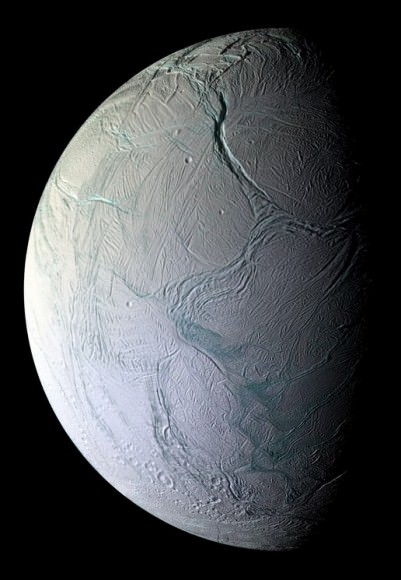
“Various planetary models were used to calculate and compare the habitability of Mars, Venus, Europa, Titan, and Enceladus,” Mendez said. “Interestingly, Enceladus resulted as the object with the highest subsurface habitability in the solar system, but too deep for direct exploration. Mars and Europa resulted as the best compromise between habitability and accessibility. In addition, it is also possible to evaluate the global habitability of any detected terrestrial-sized extrasolar planet in the future. Further studies will expand the habitability definition to include other environmental variables such as light, carbon dioxide, oxygen, and nutrients concentrations. This will help expand the models, especially at local scales, and thus improve its application in assessing habitable zones on Earth and beyond.”
Studies about the effects of climate change on life are interesting when applied to Earth itself. “The biophysical quantity Standard Primary Habitability (SPH) was defined as a base for comparison of the global surface habitability for primary producers,” Mendez said. “The SPH is always an upper limit for the habitability of a planet but other factors can contribute to lower its value. The current SPH of our planet is close to 0.7, but it has been up to 0.9 during various paleoclimates, such as during the late Cretaceous period when the dinosaurs went extinct. I’m now working on how the SPH could change under global warming.”
The search for habitable environments in the universe is one of the priorities of the NASA Astrobiology Institute and other international organizations. Mendez’s studies also focus on the search for life in the solar system, as well as extrasolar planets.
“This work is important because it provides a quantitative measure for comparing habitability,” said NASA planetary scientists Chris McKay. “It provides an objective way to compare different climate and planetary systems.”
“I was pleased to see Enceladus come out the winner,” McKay said. “I’ve thought for some time that it was the most interesting world for astrobiology in the solar system.”
Mendez presented his results at the Division for Planetary Sciences of the American Astronomical Society meeting earlier this month.
Source: AAS DPS

